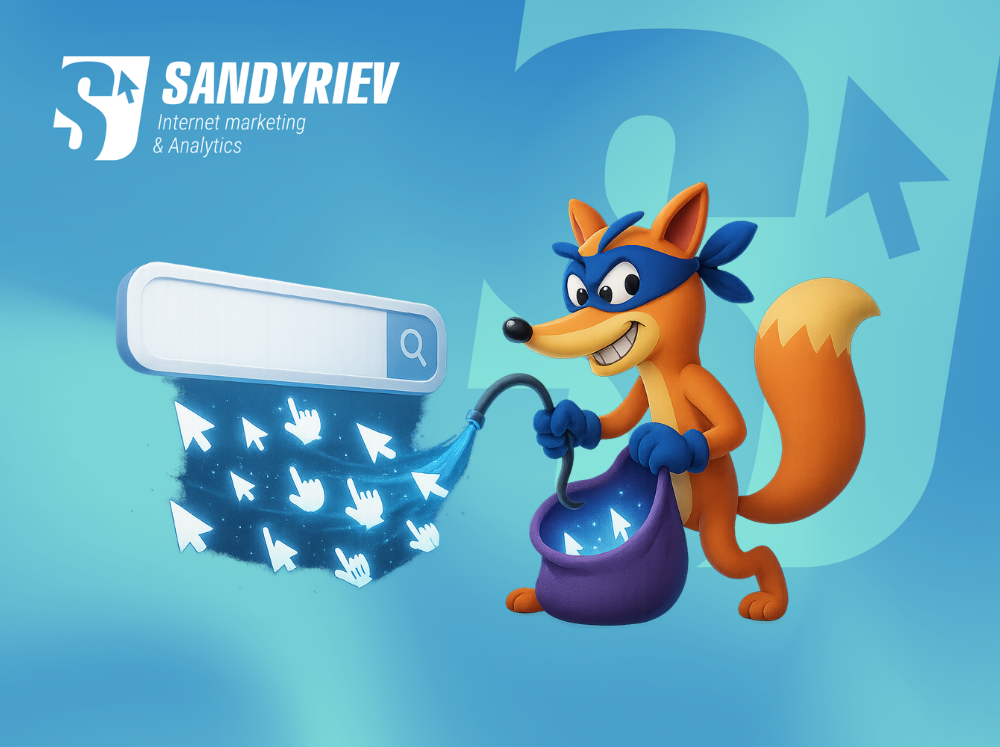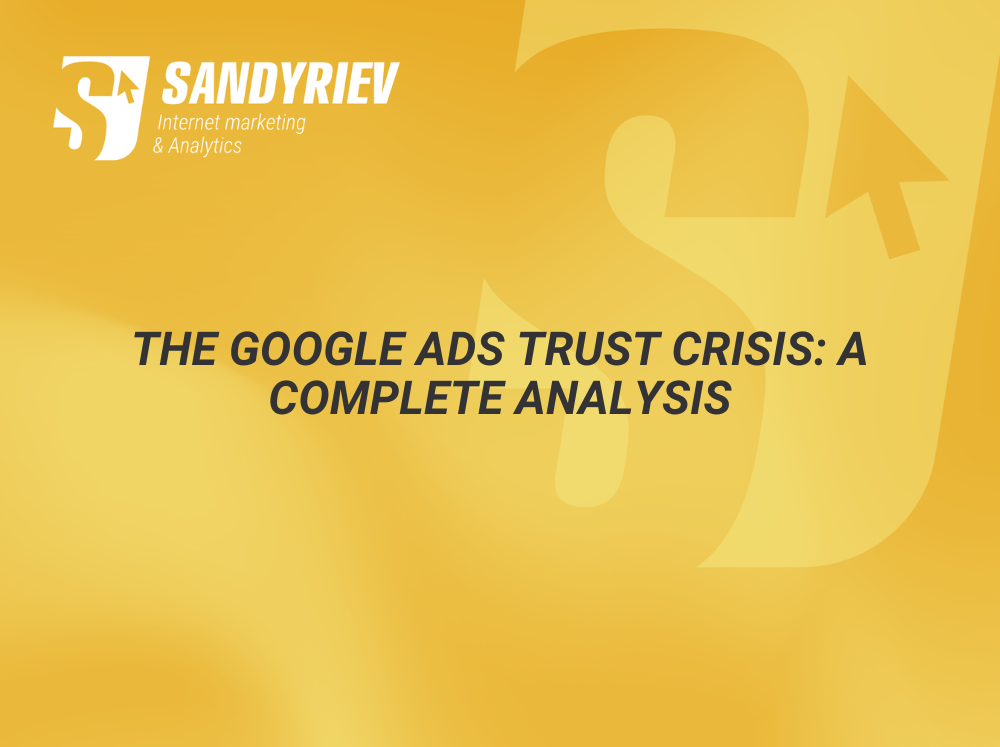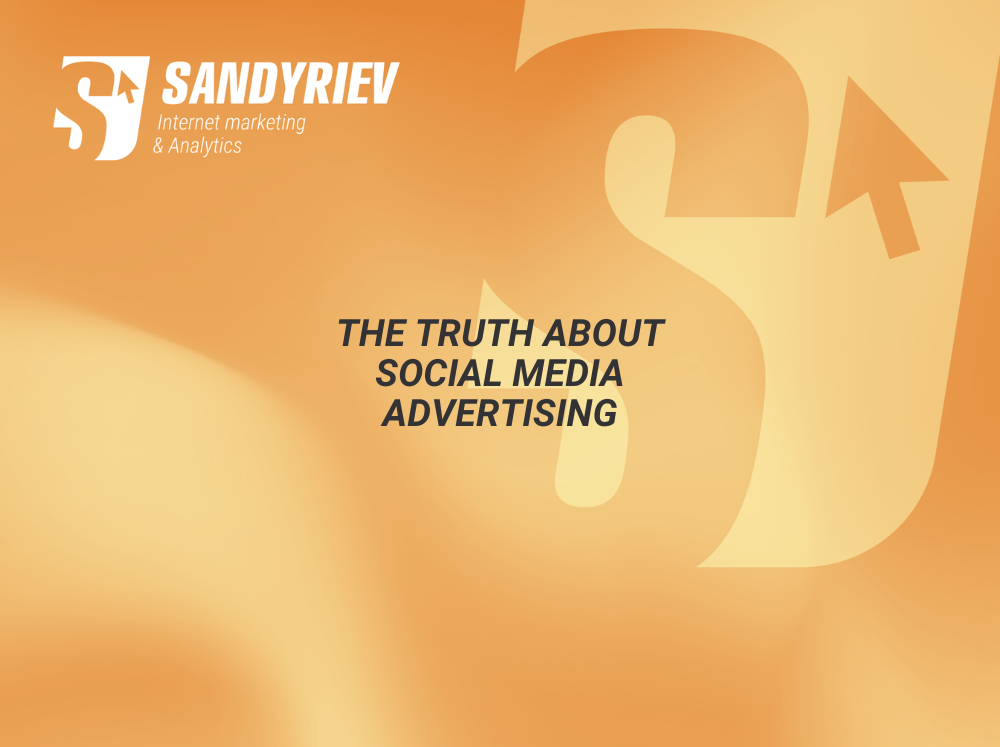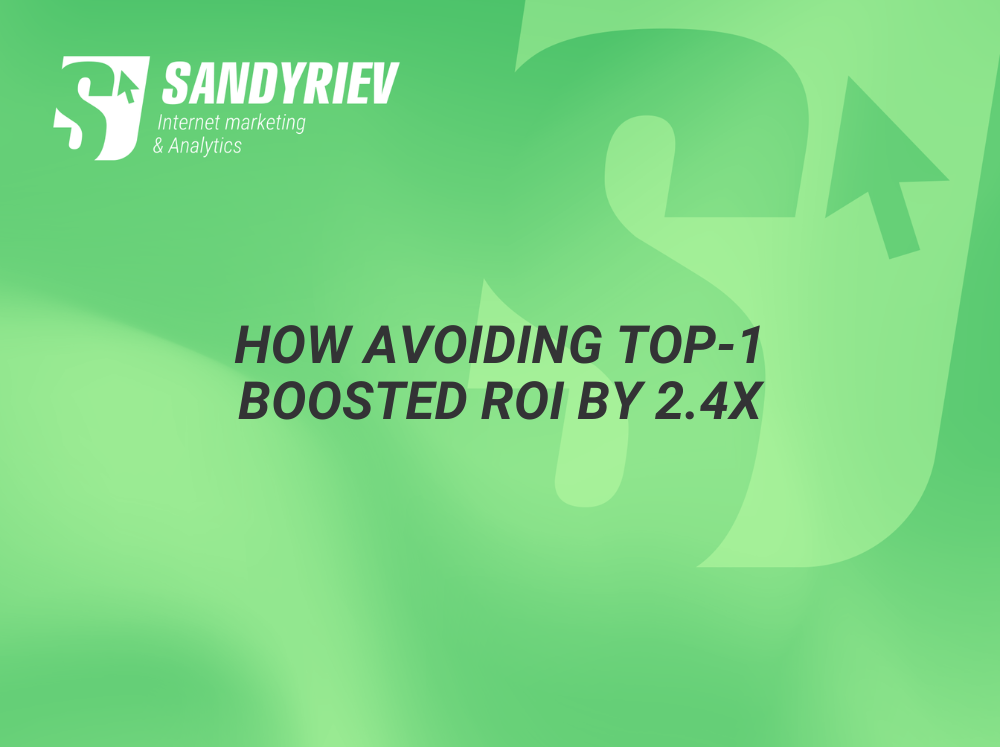You’ve Built an App Nobody Will Ever Find
Imagine this scenario: You stare at your analytics dashboard in disbelief. Three months after launch, your carefully crafted mobile app has exactly 47 users—42 of whom are friends, family, and beta testers.
Your bank account looks even worse. You’ve spent $25,000 on development but allocated just $500 for marketing, assuming that “if you build it, they will come.”
They didn’t.
Maybe you’re about to face this exact scenario—pouring everything into building a mobile app while neglecting how you’ll actually get it into users’ hands. Or perhaps you’re being more strategic but still wondering: exactly how much should you budget for marketing your app, and where should you spend it?
The painful truth is that without a real marketing budget, your app is effectively invisible in the $330 billion mobile app market. But randomly throwing money at the problem won’t work either.
Today I’m sharing a comprehensive, data-driven blueprint for planning your app’s marketing budget—an approach that can save you thousands of dollars and countless sleepless nights by avoiding common pitfalls from the start.
Let’s start by answering the burning question…
Why Every Mobile App Needs a Marketing Budget (Even on a Shoestring)
The cold reality: if you don’t allocate funds to marketing, nobody will know your app exists. Even amazing apps languish without promotion.
Many industry experts recommend dedicating around 10–20% of your total budget or revenue to marketing efforts, especially for new apps. Established apps might spend a bit less proportionally (6–12% of revenue) as they rely more on organic growth.
I’ve analyzed dozens of successful app launches and found the critical difference wasn’t necessarily how much they spent, but rather where and how they spent their marketing dollars.
So how do you create a marketing budget that actually works? Let me walk you through the exact process based on my experience and extensive research.
5 Essential Steps to Plan Your Mobile App Marketing Budget
1. Assess Your Marketing Funnel
The first crucial step is mapping out how users will move from awareness to install. This simple exercise often reveals gaping holes in marketing strategies that would otherwise go unnoticed.
Start by visualizing each stage of your funnel:
- How will people discover your app? (ads, search, word-of-mouth)
- What steps lead them to download?
- Where do potential users typically drop off?
For example, many app marketers discover that social media ads drive lots of awareness but few conversions, while Apple Search Ads often convert at 3× the rate. This insight alone can help reallocate budget to channels that perform better in later funnel stages.
Your funnel analysis will highlight which marketing channels deserve the biggest chunk of your budget.
2. Define Your Goals with Brutal Specificity
Vague goals lead to wasted budgets. Aiming for “lots of downloads” is an approach that leads nowhere.
Instead, set SMART goals (Specific, Measurable, Achievable, Relevant, Time-bound):
- “Reach 10,000 installs within 90 days at a maximum CPI of $2.50”
- “Achieve 30% Day-7 retention rate by Q2”
- “Convert 5% of free users to paid subscribers within 30 days”
Your goals will dictate budget priorities. For example, a subscription-based meditation app would allocate more to retention campaigns since subscriber lifetime value is the primary revenue driver. Meanwhile, an e-commerce app might focus 60% of budget on campaigns driving first purchases.
3. Account for Other Costs (Don’t Sink the Ship)
This is one of the biggest mistakes app publishers make. Pouring every dollar into user acquisition ads without keeping the lights on is a recipe for disaster.
Remember that marketing is just one portion of your app’s overall budget. You’ll need funds for:
- App development and updates
- Server costs
- Customer support
- App store fees (30% of revenue)
- Analytics tools
- Emergency reserves
By calculating your non-marketing expenses first, you can determine how much is realistically available for marketing. A good rule to follow: never allocate more than 25% of available cash to marketing.
4. Identify Your Most Effective Channels Through Testing
Don’t commit your entire budget upfront. Instead, implement what marketing experts call the “test and pivot” method:
- Allocate small test budgets across multiple channels
- Track performance metrics fanatically
- Double-down on winners, cut losers
For example, with a $24,000 yearly budget, you might initially split it evenly at $2,000/month. After three months of testing, if you discover two channels are significantly underperforming, you could reallocate the remaining budget to the winners, potentially improving ROI by 40-50%.
The key is to start small and scale what works, rather than committing to channels based on assumptions.
5. Track Key Metrics and Adjust Continually
A marketing budget should never be “set and forget.” These critical metrics should be checked weekly:
- Cost Per Install (CPI): How much you spend to acquire one user
- Retention rates: Day-1, Day-7, Day-30 (percentage of users still active)
- Customer Acquisition Cost (CAC): Total marketing spend divided by new customers
- Lifetime Value (LTV): Average revenue generated per user
If a campaign’s CPI exceeds your target or user LTV, it’s unsustainable. Be ruthless about reallocating budget from underperforming channels to winners.
Monthly budget reviews and adjustments can save thousands in would-be wasted spending.
Estimating Your Budget by Marketing Channel: Real Numbers
Now for the million-dollar question: how much should you allocate to each marketing channel? Based on my experience and industry data, here’s a breakdown with real costs.
Paid User Acquisition (Ads)
This is typically the largest line item, especially during launch. It includes Google App Campaigns, Meta Ads (Facebook/Instagram), Apple Search Ads, TikTok, and more.
Typical Cost Structure:
- Apple Search Ads: ~$1.42 per install
- Google Ads: ~$2.65 per install
- TikTok: ~$2.88 per install
- Instagram: ~$3.50 per install
- Facebook: ~$3.75 per install
These figures vary by app category, targeting, and geography. US and UK campaigns often cost more than emerging markets.
My Recommendation: Allocate 40-50% of your marketing budget here. For a $10,000 ad budget at a $2.50 average CPI, you can expect roughly 4,000 new users.
Pro Tip: Lookalike audiences on Facebook and keyword targeting on Apple Search Ads can be game-changers for efficiency. Some app marketers have reported that using lookalike audiences reduced CPI by 20-25%.
App Store Optimization (ASO)
This is your app’s SEO, helping it rank higher in store searches. It’s one of the most cost-effective channels for long-term acquisition.
Typical Cost Structure:
- ASO tools: $99-$500+ per month
- ASO agencies: $1,000-$10,000+ per month
- One-time ASO audit: $1,000-$3,000
- Creative assets (screenshots, videos): $500-$2,000
My Recommendation: Allocate about 5% of your marketing budget here. Even a small investment pays dividends through improved organic visibility.
Pro Tip: Updating keywords monthly and refreshing screenshots quarterly can significantly impact organic download numbers. Many successful apps have reported 30-40% increases in organic downloads year-over-year with this simple practice.
Influencer Marketing
This involves partnering with individuals who have followings on platforms like Instagram, YouTube, or TikTok to showcase your app.
Typical Cost Structure:
- Micro-influencers (5k-50k followers): $200-$500 per post
- Mid-tier influencers (50k-500k): $500-$5,000 per post
- Macro-influencers (500k-1M+): $5,000-$20,000+ per post
- Comprehensive campaigns: $10,000-$100,000
My Recommendation: Allocate 5-15% of your budget here, especially for consumer apps in categories like fitness, beauty, gaming, or lifestyle.
Pro Tip: Marketing data shows that 10 micro-influencers often deliver better results than one large influencer. They typically have more engaged audiences and cost less collectively.
Content Marketing & Social Media
This organic approach builds brand awareness and trust through valuable content like blogs, videos, and social posts.
Typical Cost Structure:
- Blog articles: $200-$500 each
- Long-form guides: $1,000-$3,000 each
- Video content: $500-$5,000 depending on quality
- Social media management: $1,000-$5,000 monthly (or your time)
My Recommendation: Allocate 5-10% of your budget here. With a $100k budget, setting aside $5k-$10k could fund blog posts, videos, and part-time social management.
Pro Tip: Focus on one platform where your audience actually hangs out. Many app publishers waste months trying to be everywhere before realizing their target users are predominantly on a specific platform, whether that’s LinkedIn, TikTok, or Instagram.
Public Relations (PR) and Media Outreach
Getting your app featured in press outlets or review sites can significantly boost credibility and downloads.
Typical Cost Structure:
- DIY PR: Minimal direct costs (just your time)
- PR consultants: $2,000-$5,000 per month
- PR agencies: $5,000-$20,000+ per month
- Press release distribution: $300-$1,000 per release
My Recommendation: Allocate 5-10% of your budget here, with higher spend around launch or major updates.
Pro Tip: Personalized outreach to 20 relevant reporters yields better results than mass-emailing 200. Several successful app launches have secured features in major publications with nothing but targeted emails and a well-crafted press kit.
Retention and Engagement Campaigns
Marketing isn’t just acquisition—it’s also keeping users engaged. These campaigns focus on users you already have.
Typical Cost Structure:
- Push notification services: Free-$5,000/month based on volume
- Email marketing: Free-$500/month based on list size
- In-app engagement tools: $100-$2,000/month
- Re-engagement ads: Similar to acquisition ad costs
My Recommendation: Allocate 5-10% of your budget here. If your app relies on repeated engagement (like a subscription service), lean toward the higher end.
Pro Tip: Segmented push notifications based on user behavior can improve app retention significantly. Case studies have shown increases of 15-20% in 30-day retention when messages reference specific user actions rather than sending generic announcements.
Other Budget Components
Don’t forget these essential pre-launch and ongoing costs:
- Market Research: $2,000-$15,000 (surveys, focus groups, competitor analysis)
- Beta Testing: $1,000-$5,000 (incentives for beta users)
- Creative Assets: $1,000-$5,000 (promo videos, app website, icon)
Sample Budget Breakdown: Where the Money Actually Goes
Here’s how I’d allocate a $100,000 mobile app marketing budget based on what’s worked for me:
| Channel / Expense | Budget Allocation | Expected Outcome |
|---|---|---|
| Paid User Acquisition | $50,000 (50%) | ~20,000 installs at $2.50 CPI |
| App Store Optimization | $5,000 (5%) | Improved organic visibility in stores |
| Influencer Marketing | $10,000 (10%) | 5-20 influencer partnerships |
| Content & Social | $10,000 (10%) | ~20 blog posts, social presence |
| PR & Media | $7,500 (7.5%) | Press coverage around launch |
| Retention Campaigns | $7,500 (7.5%) | Improved D30 retention by ~15% |
| Research & Testing | $5,000 (5%) | User research, beta testing |
| Emergency Reserve | $5,000 (5%) | Buffer for opportunities |
| Total | $100,000 (100%) |
Your specific breakdown will differ based on your app type and goals, but this gives you a starting point. The key is allocating budget intentionally based on expected ROI, not arbitrary guesswork.
The Global Mobile App Market: Understanding the Bigger Picture
To put your marketing budget in context, let’s look at the mobile app market’s current state:
Market Size and Growth
The global mobile app market is currently valued at around $330 billion in 2025, with forecasts projecting it will exceed $1.1 trillion by 2034 – implying a robust compound annual growth rate (CAGR) of approximately 14% per year.
This growth is driven by increasing smartphone adoption worldwide, broader internet accessibility, and the integration of apps into every aspect of daily life. For startups, this means the potential user base is expanding, but competition is also intensifying.
Platform Revenue Breakdown
Understanding the iOS vs. Android divide is crucial for your budget allocation. In 2024, of the approximately $127 billion global consumer spend on mobile apps:
- Apple’s App Store: $91.6 billion (72% of revenue)
- Google Play: $35.7 billion (28% of revenue)
This stark disparity exists despite Android having far more users globally. The takeaway? iOS users have significantly higher monetization potential (through purchases or in-app spending), which might influence how you allocate marketing resources.
Many app marketers allocate 10-15% more budget per user for iOS acquisition campaigns because the lifetime value tends to be higher.
Key Growth Trends
Several trends impact how you should allocate your marketing budget:
- Download volume has plateaued but spending continues to grow – focus on quality users, not just quantity
- Subscriptions drive revenue – nearly half of all app revenue comes from the ~5% of apps offering subscriptions
- Geographic shifts – markets like Asia-Pacific and Latin America are seeing faster growth
- Platform dynamics – iOS revenue grew 24% year-over-year, while Google Play saw a slight decline
These trends suggest investing more in retention, potentially prioritizing iOS for monetization, and considering emerging markets for growth.
Hard-Earned Lessons From the Industry: What Experts Wish You Knew
After analyzing numerous app launches—both successful ones and humbling failures—here are the budget lessons that industry experts consistently highlight:
- Start small, then scale winners. The biggest mistake is committing too much budget upfront to unproven channels.
- Account for platform differences. Allocate budget separately for iOS and Android, with different expectations and strategies for each.
- Monitor the funnel, not just installs. A cheap install that never converts is more expensive than a pricey install that becomes a loyal customer.
- Reserve 5-10% for opportunistic spending. When a channel suddenly performs well (like TikTok ads did for many apps in 2023), you need available budget to capitalize quickly.
- Test everything, assume nothing. The channels that work for one app often completely fail for another—there are no universal rules.
Conclusion: Your Budget is Your Strategy Made Tangible
The difference between app success and failure often isn’t the quality of your code—it’s how strategically you deploy your marketing budget. In the $330 billion mobile app market, visibility isn’t free, but it doesn’t have to break the bank either.
Start with clear goals, experiment with multiple channels using small test budgets, track performance religiously, and continuously reallocate funds to what’s working. Remember that both iOS and Android present massive opportunities, but they require different approaches and expectations.
Whether you have $10,000 or $1 million to spend on marketing, the principles remain the same: be intentional, be data-driven, and be flexible. Your mobile app marketing budget isn’t just a spreadsheet—it’s your growth strategy translated into dollars and cents.
What marketing channels have worked best for your app? Share your experiences in the comments below!
If you need mobile app marketing service, I am here to help you go through this.
Sources:
- BuildFire Blog: “Mobile App Marketing Costs: How to Plan Your App Marketing Budget”
- ShyftUp: “Budgeting Strategies for Mobile App Marketing: Get the Most Out of Your Ad Spend”
- Appetiser Apps: “11 App Marketing Costs and Stats Unveiled in 2024”
- TechCrunch: “App downloads decline 2.3% in 2024, but consumer spending grows to $127B”
- Precedence Research: “Mobile Application Market Size to Hit USD 1,103.48 Bn by 2034”
- Grand View Research: “Mobile Application Market Size, Share & Growth Report 2030”
How much does it cost to market an app in 2025?
App marketing costs vary significantly based on your goals and channels, but industry data shows most successful apps allocate 10-20% of their total budget to marketing efforts. For paid user acquisition, expect to pay $1.42-$3.75 per install depending on the platform: Apple Search Ads average $1.42 per install, while Facebook ads typically cost around $3.75 per install. A realistic starting budget for a new app launch ranges from $10,000 to $100,000, with $50,000 being a practical middle ground that allows for meaningful testing across multiple channels.
How do app marketers efficiently allocate budgets across channels?
The most efficient budget allocation strategy starts with the “test and pivot” method rather than committing funds upfront. Begin by distributing 40-50% to paid user acquisition (Google, Apple, Meta), 5-10% to App Store Optimization, 5-15% to influencer marketing, 5-10% to content and social media, 5-10% to retention campaigns, and reserve 5-10% for opportunistic spending. Track your Cost Per Install (CPI) and Lifetime Value (LTV) religiously for the first 3 months, then reallocate from underperforming channels to winners. This approach can improve ROI by 40-50% compared to static budget allocation.
What is the average cost per install for mobile apps in 2025?
The average cost per install varies by platform and geography. Current data shows: Apple Search Ads at approximately $1.42 per install, Google Ads at $2.65, TikTok at $2.88, Instagram at $3.50, and Facebook at $3.75. However, these figures fluctuate based on your app category, targeting parameters, and geographic focus. US and UK campaigns typically cost 30-50% more than emerging markets. The key is maintaining a CPI lower than your user’s Lifetime Value to ensure sustainable growth.
How much will it cost to promote my mobile app with a limited budget?
Mobile app user acquisition without a large budget is absolutely possible by focusing on cost-effective channels first. Start with App Store Optimization (ASO), which costs $99-$500 monthly for tools or $1,000-$3,000 for a one-time audit but delivers long-term organic visibility. Allocate $2,000-$5,000 for micro-influencer partnerships (10 micro-influencers often outperform one macro-influencer), and invest $500-$1,000 in targeted Apple Search Ads which typically convert at 3× the rate of social media ads. Even with a $10,000 total budget, you can acquire 2,000-4,000 quality users while building organic momentum.
What are the essential components of a mobile app marketing budget?
A comprehensive mobile app marketing budget includes six essential components beyond just advertising costs. Paid user acquisition typically represents 40-50% of your marketing spend, followed by App Store Optimization (5%), influencer partnerships (5-15%), content marketing and social media (5-10%), PR and media outreach (5-10%), and retention campaigns (5-10%). However, before allocating marketing funds, calculate your non-marketing expenses first: app development and updates, server costs, customer support, app store fees (30% of revenue), analytics tools, and emergency reserves. Never allocate more than 25% of available cash to marketing.
How much does mobile app advertising cost compared to other marketing channels?
Mobile app advertising costs are highly competitive but measurable. While paid ads (Google, Apple, Meta) deliver immediate results at $1.42-$3.75 per install, they typically consume 40-50% of your budget. In contrast, App Store Optimization delivers a better long-term ROI, costing just 5% of your budget while generating 30-40% increases in organic downloads year-over-year. Content marketing ($200-$500 per blog post) and micro-influencer campaigns ($200-$500 per post) often yield better engagement rates than paid ads for consumer apps. The most cost-effective strategy combines quick-win paid acquisition with sustainable organic channels rather than relying on a single approach.
How to estimate budget for mobile app marketing before launch?
To accurately estimate your budget for mobile app marketing, follow this five-step framework: First, map your marketing funnel to identify which channels drive awareness versus conversions. Second, set SMART goals with brutal specificity (e.g., “10,000 installs in 90 days at $2.50 CPI maximum”). Third, calculate all non-marketing costs first (development, servers, support, analytics) to determine available marketing funds. Fourth, allocate small test budgets across multiple channels ($2,000 per channel monthly) rather than committing everything upfront. Fifth, track Cost Per Install, retention rates (Day-1, Day-7, Day-30), Customer Acquisition Cost, and Lifetime Value weekly to reallocate budget to winning channels. For a new app, plan to invest 10-20% of your total project budget on marketing, with higher percentages (15-20%) during the critical first 6 months.








